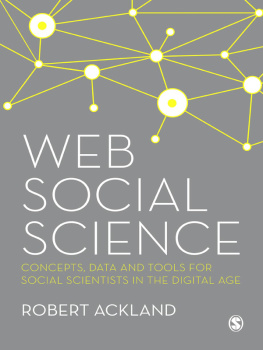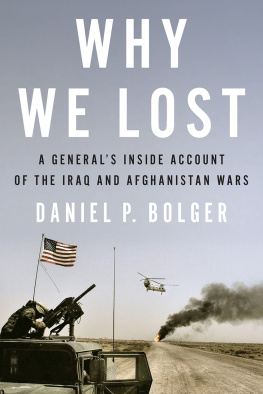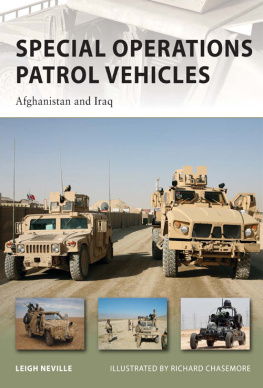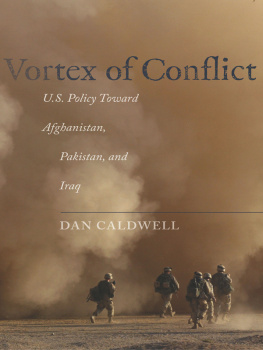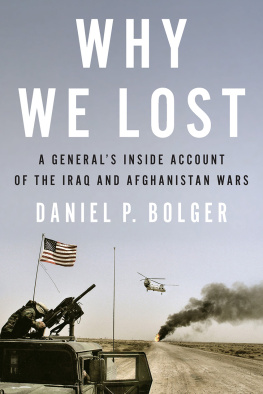INTRODUCTION
TO AVOID THE FOOTPATHS which may have been mined with improvised explosive devices (IEDs), Ryan Evans, a U.S. federal civilian, was walking across a wheat field in Babaji, Helmand Province, in the spring of 2011. Evans was attached to the Royal Highland Fusiliers (2 Scots), C Company, a heavy infantry patrol tasked with providing security in the vicinity. Begun 2 years earlier, the Helmand Food Zone Program was a form of development intervention which offered subsidies, seed, and fertilizers to farmers who replaced lucrative opium cultivation from poppies with growing and harvesting wheat and vegetable crops. Babaji had been in the control of insurgents until a few months earlier and had not received any assistance from the program during the previous year; consequently, there were tensions between the community and British forces. As Evans and the patrol emerged from the field, an Afghan man sitting nearby, clearly irate, shouted in Pashto that the British soldiers had wanted the farmer to grow wheat instead of poppy, and then the same British soldiers walked through their fields.
At the immediate level, the encounter demonstrated the direct link between conflict, food security, and local trade, but conflict has many interrelated and mutual dependencies such that the anecdote is instructive on myriad broader milieus. Where, for example, is the tipping point that makes a civilian value creating an expression of discontent to a heavily armed patrol above his immediate physical security? Do livelihoods and cultures affect military strategies? Are there interdependencies between insurgencies, societies, and economies? Does the language of war require a sociological grammar in order to be understood? A rmed conflict is a human enterprise such that, by extension, understanding of the human dimension in a given area of operations should be thought integral to planning successful operations.
Evans was part of a U.S. Army program whose field component had commenced 4 years earlier. On February 7, 2007, a five-person military-civilian Human Terrain Team (HTT) embedded with the U.S. Army 4th Brigade Combat Team (BCT), 82nd Airborne Division, at Forward Operating Base (FOB) Salerno in Khost province, Afghanistan. Designated AF1, this experiment in hybridized civil-military relations was the first embedded team in the Human Terrain System (HTS), an ambitious proof-of-concept program managed by the U.S. Army Training and Doctrine Command (TRADOC).
The teams mission was to provide BCTapproximately 3,000 personnelcommanders:
with operationally relevant, sociocultural data, information, knowledge and understanding, and the embedded expertise to integrate that understanding into the commanders planning and decision-making process.
This embedded expertise was borne in part from an identified need to fuse focused social science scholarship to military instruments in Iraq and Afghanistan so as to wage more effective population-centered counterinsurgency (COIN) campaigns in and among the population. Teams were to be geographically located, to develop understanding of a particular area in order to preserve and share sociocultural knowledge across unit rotations.
The requirement for an HTS was not straightforward, however. Some levels of sociocultural capability already existed with the BCTs, including, for example, Civil Affairs teams and tactical Psychological Operations detachments. Civil Affairs teams were configured as a project management function to assess, repair, or build infrastructure, and evaluate agricultural practices per requirements. They were therefore an evaluation and monitoring asset that, while in theory was grounded in sociocultural analysis of the area of operations to prioritize requirements and efficacy, in practice was largely assessment conducted at a more abstract level. In part, this refracted analysis may explain the poor return on the substantial funds invested in development projects and tangentially why more detailed research is required in the future. Conversely, Psychological Operations teams worked at a tactical level, delivering messages to the population but did not gather information in a concerted manner to influence BCT thinking, planning, or action. It was therefore the development of Courses of Action (COAs) beyond their own element which would create a higher level of sociocultural capability than that provided by existing functions.
HTS promised a different and therefore unique sociocultural capability. The teams would conduct granular social science research among the civilian population and report directly to the brigade staff. Thus they were plugged in to the highest levels of planning on the ground with the ability to influence all aspects of the brigade based on their findings. As a former HTT member observed, while other brigade elements directly engage the people on a continual basis focusing on development projects and influencing the local population, the HTTs unique contribution was in understanding the people. In Iraq and Afghanistan, in complex COIN campaigns, understanding the people required fluent language skills, robust knowledge of research methods, and field experience. Such skills, meaning that the team could influence BCT staff products in the provision of sociocultural research, required social science expertise identified as only available in the U.S. civilian reservoir.
As the Afghanistan campaign drew down in early-2014, plans to transition the program to a post war capability took shape. The HTS program was transitioned on September 30, 2014, into the residual organization at TRADOC called the Global Cultural Knowledge Network. The network is composed of a commissioned officer, three social scientists, a geospatial specialist, and a knowledge manager. Quoted in The New York Times in 2015, an intelligence officer at the command noted that the remaining organization was a nucleus capable of rapid expansion if required, but that TRADOC lacked the administrative and support infrastructure to embed social scientists in the future. Thus the fall of 2014 brought to a close one of the most ambitious and compelling social science experiments conducted by the U.S. military, and its character and content deserves investigation.
In this book, I examine this fusion of civilian expertise and military operations in the HTS. I investigate the HTS, initially from a review of secondary sources and then from interviews, Freedom of Information Act request material, and program documents, in order to understand the contribution of social science research to brigades in Iraq and Afghanistan. I answer the broad question: Why did the U.S. Army embed social scientists in Iraq and Afghanistan? The initial hypothesis is that HTS was created in response to, and facilitated by, a technological crisis in the U.S. Department of Defense (DoD). This hypothesis, in part, supports the view which sees the program as part of the COIN turn which stressed understanding culture as a necessary element of overall victory in Iraq and Afghanistan. In that definition, overall victory would be defined as popular endorsement of government efforts and loss of support for the insurgent elements. But I argue also that it was the impoverished understanding of the societal network behind the IEDs which facilitated the introduction of the program. Existing notions of the program as a creation of the COIN turn in military thinking curtails an important understanding of the way in which technological crises bring forth myriad urgent solutions in a febrile atmosphere in the U.S. military enterprise.



